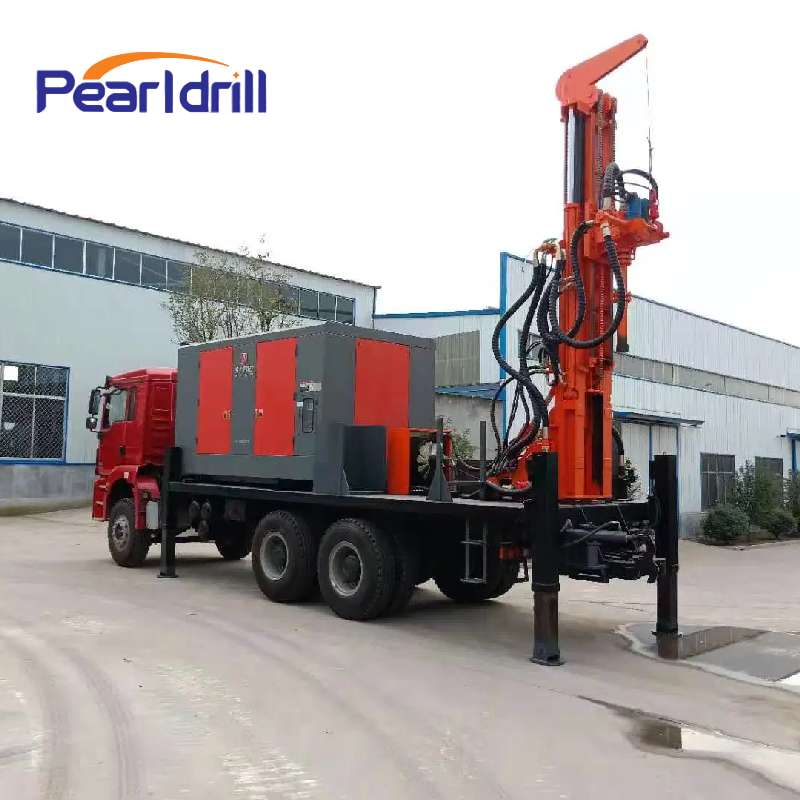Drilling a 300-foot well can vary significantly in terms of time depending on several factors. These factors include the drilling method, the geological conditions of the location, the drilling equipment being used, and the expertise of the drilling team. Here are some general considerations:
Drilling a 300-foot well can vary in duration depending on several factors:
Drilling Method: The drilling method chosen can greatly impact the time required. There are two primary methods for drilling wells: rotary drilling and cable tool drilling. Rotary drilling is typically faster than cable tool drilling.
Geological Conditions: The geological conditions at the drilling site can significantly affect drilling time. Soft soil or sediments are generally easier and faster to drill through compared to hard rock formations, which can slow down the process.
Drilling Equipment: The type and size of drilling equipment can influence the speed of drilling. Larger, more powerful drilling rigs can typically drill deeper and faster.
Depth: The depth of the well is a critical factor. In this case, a 300-foot well is considered relatively deep, and drilling to this depth may take more time compared to shallower wells.
Drilling Team Experience: The expertise of the drilling team can also play a role. Experienced drillers may be able to work more efficiently and overcome challenges more effectively.
Permitting and Regulations: The time it takes to obtain necessary permits and comply with local regulations can also add to the overall timeline.
Given these variables, it is challenging to provide an exact timeframe. However, drilling a 300-foot well can take anywhere from a few days to several weeks, depending on the factors mentioned above. It's essential to work with a professional drilling company or contractor who can provide a more accurate estimate based on the specific conditions of your well site. Additionally, unforeseen challenges during drilling, such as encountering unexpected rock formations, can extend the drilling time.

Comments
Post a Comment